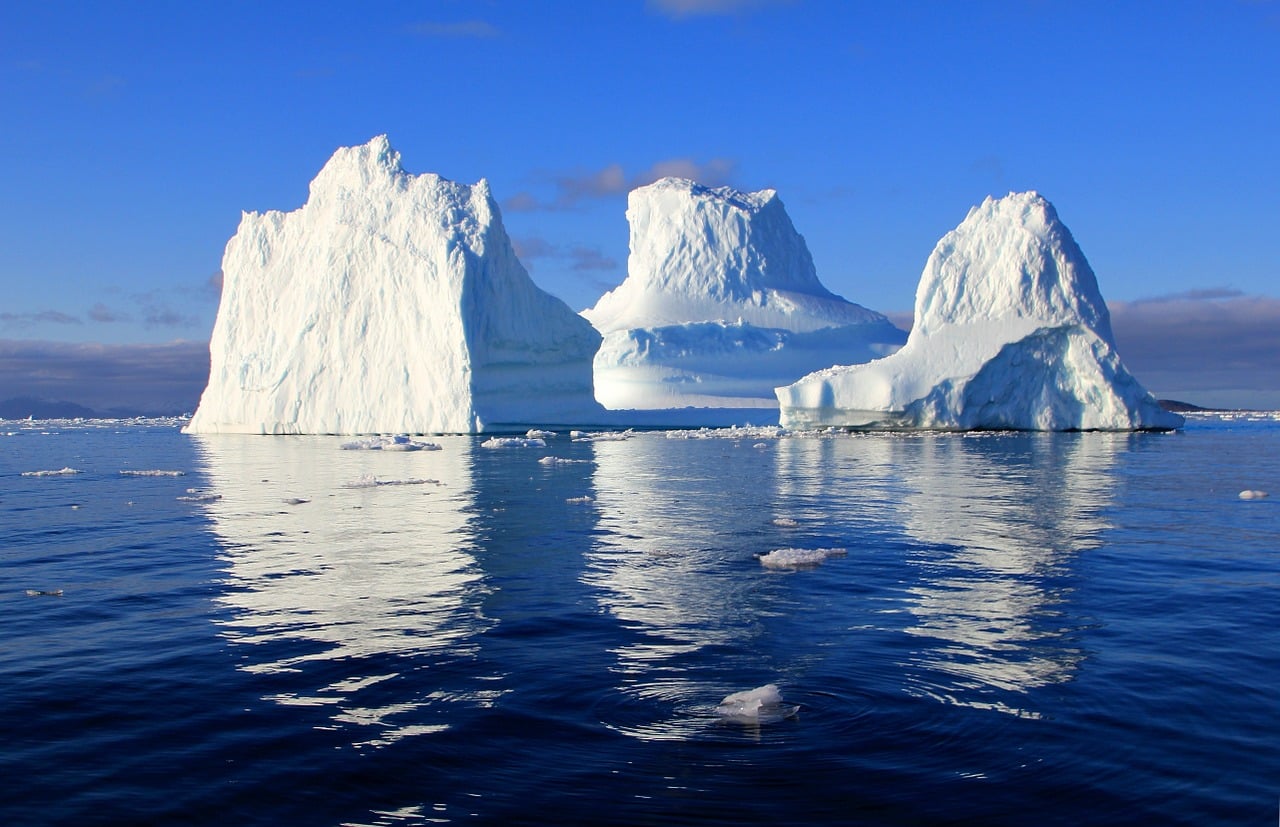Greenland has been dealing with hot summers, just like the rest of the Northern Hemisphere. However, hot temperatures in the Glaciers-rich land are more dangerous, as the ice melts, causing concern. During one of the hottest days, people living in the tiny village of Kulusuk, Greenland were shaken by an explosion, which turned out to be a huge field of ice breaking off around five miles away, CNN reported. The huge ice loss that Greenland experienced this year exposed warm waters below Greenland which alarms scientists.
As CNN reported, Greenland lost 12.5 billion tons of ice just on Aug. 2, making it the largest ice loss in a single day. In the small village of Kulusuk, NASA hosts its base camp for its Oceans Melting Greenland (OMG) program. NASA’s researchers traveled to Greenland to investigate the ice melt of the glaciers.
The team led by NASA’s oceanographer Josh Willis investigated why the ice is melting, finding that not only warm temperatures affect the ice melt, but also warm waters below Greenland that eats away at it from beneath. The team used a remodeled World War II DC-3 plane, also called Basler BT-57, to survey the coast of Greenland. They used special instruments to survey the ice floor, helping scientists measure the temperature and salinity of the ocean.
“There is enough ice in Greenland to raise the sea levels by 7.5 meters, that’s about 25 feet, an enormous volume of ice, and that would be devastating to coastlines all around the planet,” Willis told CNN. “We should be retreating already from the coastline if we are looking at many meters [lost] in the next century or two.”
The team also surveyed Helheim, which is one of the largest glaciers on Greenland, named after the Underworld in Norse mythology. Helheim is one of the fastest flowing glaciers on the eastern half of the island, stretching more than four miles wide.
The team installed radar and GPS to help them track the ice movement, as well as to explain why warm and salty water beneath the glacier is reaching to the surface and melting the glacier.
“It takes a really long time to grow an ice sheet, thousands and thousands of years, but they can be broken up or destroyed quite rapidly,” ocean scientist David Holland told The Associated Press.
Both Holland and NASA’s Willis believe that the warm waters below Greenland come from the Gulf Stream from North America and play a huge role in melting the glaciers. That’s bad news for the planet because not only the glaciers suffer from climate change driven by greenhouse gas emissions, but also warm tropical waters that eat away at it from beneath.
That causes much faster melting than previous studies have shown. According to Willis, by the year 2100, Greenland could cause a 3 to 4 foot sea level rise.





